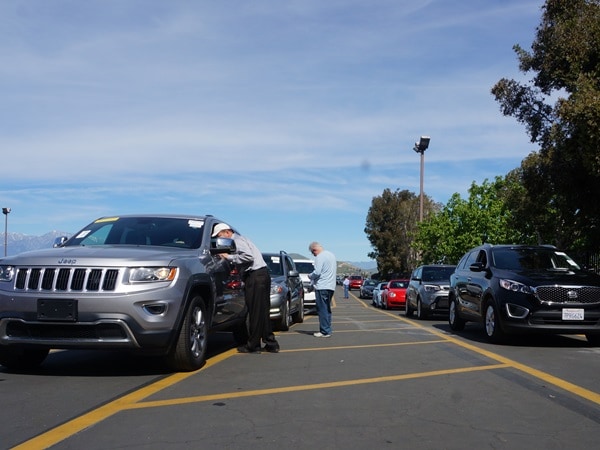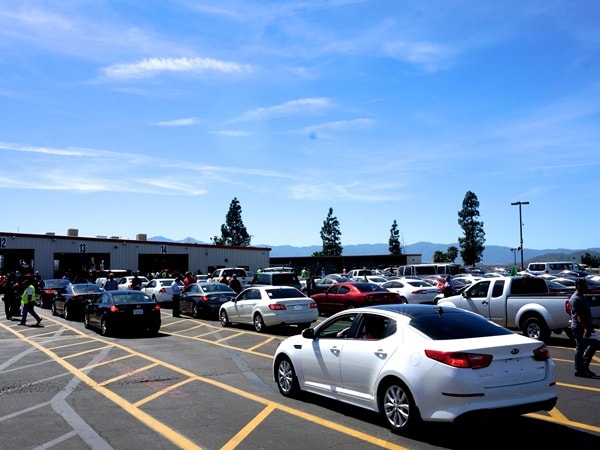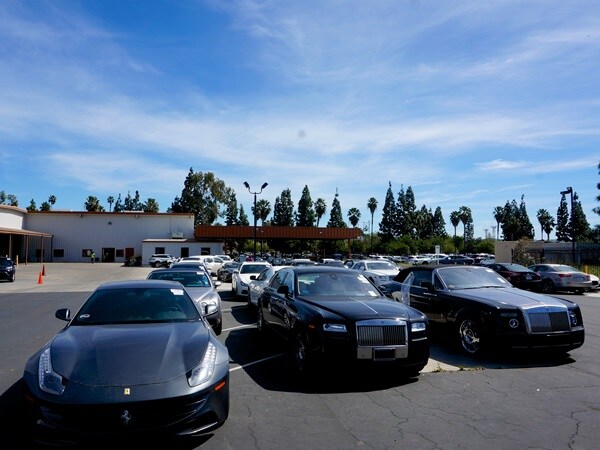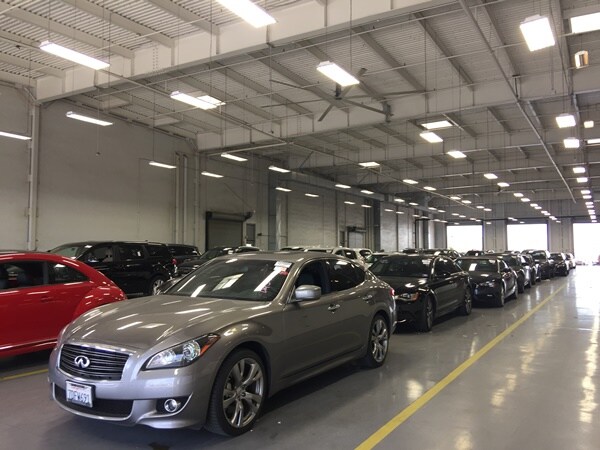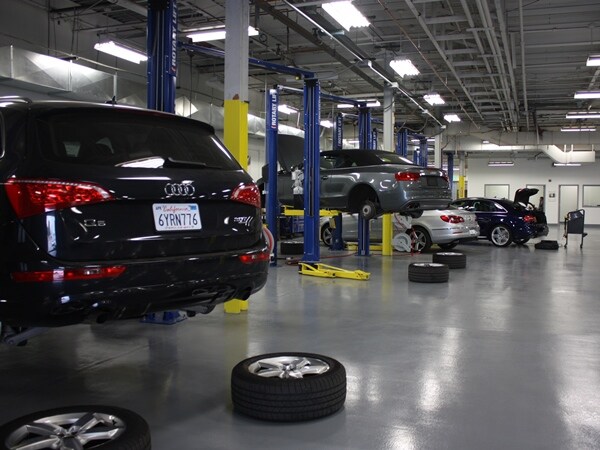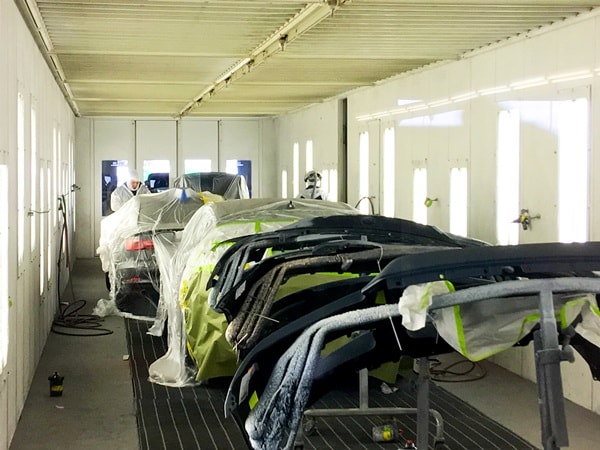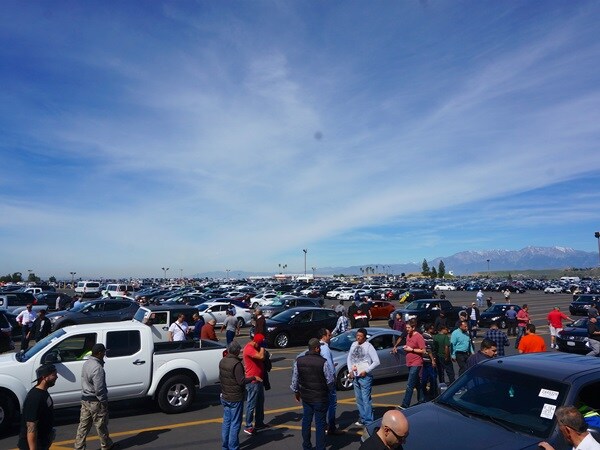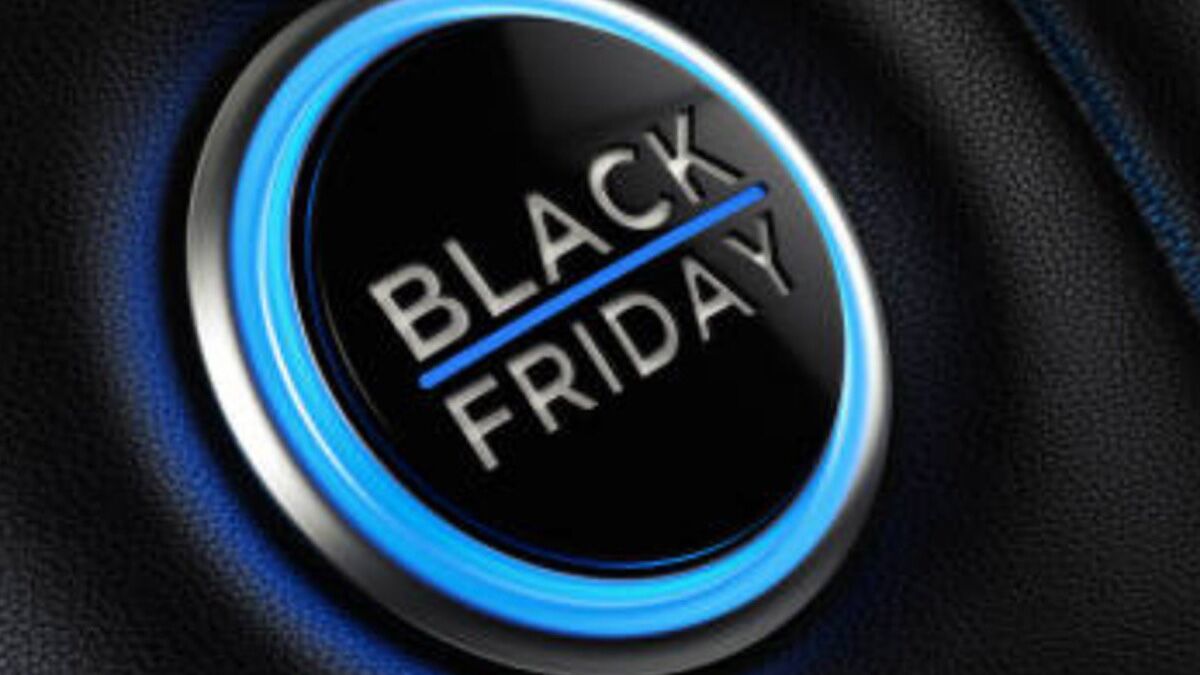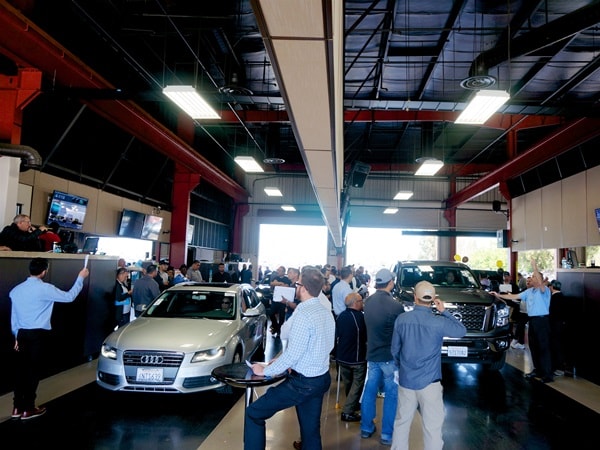
Everyone knows where new cars come from—the manufacturer’s factory through franchised dealers. But if you’re shopping for a used car, whether it’s a Certified Pre-Owned model or a vehicle off the lot of an independent retailer, there’s no telling where it’s from. Most likely, you’d assume the dealer took it trade for something else. But you’d be wrong.
Just as no two used cars are alike because of mileage and other wear factors, most used cars come from a variety of sources like trades, off-lease from financial institutions, from corporate or daily rental fleets. What they all have in common is that at one time or another they most likely passed through a wholesale auction. These dealer-only affairs conducted by companies like Manheim Auctions (a sister company to Kelley Blue Book under the Cox Automotive banner), provide a vital service in not only establishing a market and values for used vehicles, but also enables the dealers who will eventually populate their lots with these vehicles to put the best possible product before shoppers.
Huge potential
While the auto industry retailed a record of more than 17.5 million vehicles last year, conservative estimates put used vehicle sales at 41 million, a market that includes both dealers and private parties. Last year Manheim Auctions facilitated 4 million wholesale transactions representing $57 billion in vehicle sales. To get a sense of how this all functions, we spent a day at Manheim Riverside operation in California to understand how these sales are made and the impact auctions have on the consumer.
First off, these auctions are not open to the public. To participate, you have to be a licensed auto dealer. Sales are typically held on Tuesdays and Thursdays and a large operation like Manheim Riverside will sell somewhere between 1,500 and 2,000 vehicles per sale. There are a total of 14 lanes, plus an extra lane dedicated to an online simulcast sale for dealer-qualified internet buyers. Online bids are also accepted on the other lanes.
Each lane has two auction blocks staged in tandem. The cars are driven through the lanes and dealers, who can come the day before or early before the sale starts at 9 a.m., can identify specific vehicles they are interested in buying. A typical sale features frenetic bidding and takes less than a minute. If a guarantee minimum isn’t met, the car rolls off the block unsold, but is still available for potential buyers to make offers. But beyond the fast and furious action of the auction block, the other elements of the Manheim operation are where value is added that has a tangible benefit to the consumer.
Condition reports and reconditioning
When vehicles are delivered to the auction site, the first step is to do a complete condition report on the vehicle. This intensive inspection helps to determine the value of the vehicle and its salability. The selling dealer can also take advantage of a wide array of services to improve the look and quality of the car. Manheim offers a wide range of services including vehicle detailing, mechanical repairs and body work.
Because of the volume of vehicles and the number of full-time employees devoted to detailing and repairing cars, Manheim can offer these services at prices that are below what it would cost if dealers performed them on their own. These savings can result in larger margins for the dealer or may be passed along in negotiations with the buyer. Manheim also offers additional services in transporting vehicles to and from the auction.
During the regular dealer sale, we saw all types of vehicles, from late model luxury cars to run-of-the-mill economy cars. Among them were a Maybach, a 1973 Cadillac Eldorado convertible, wide selection of pickup trucks and plenty of BMWs. In addition to the two sale dates, every other week the auction conducts a sale of high-end luxury cars like Ferrari, Lamborghini, Rolls-Royce and Maserati. These vehicles are parked in an area known as Candyland. The auction also conducts closed sales for dealers of particular brands—this is where most Certified Pre-Owned cars come from. Many of these vehicles come from leasing companies and fleet operations and typically are late-model, low-mileage units. Manheim estimates that there could be as many as 3.1 million vehicles coming off lease during the next year and notes that last year, manufacturers retailed over 2.6 million CPO cars.
Going mobile
While internet attendance has grown exponentially at the fixed location auctions, another growth area is mobile sales. Manheim has created a fleet of vehicles able to do wholesale auctions at dealer lots, which cuts down transportation costs of moving cars in and out of the traditional auction. Last year the company conducted more than 50 such remote sales.
Aside from facilitating sales on the auction block and providing the ability to upgrade the vehicle through detailing, maintenance or repairs, auctions like the Manheim operation are essentially setting the market price for used vehicles. Through competitive bidding and tracking the sales, the Manheim Market Report is able to establish authoritative values for vehicles tied to their condition and mileage. This information is vital in creating realistic expectations on what a car or truck is really worth in the mind of dealers and in turn has a real world impact on the price and quality of the used vehicles consumers will be able to select from the nation’s network of 16,500 new car and 42,000 independent used car dealers.
